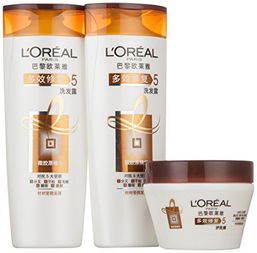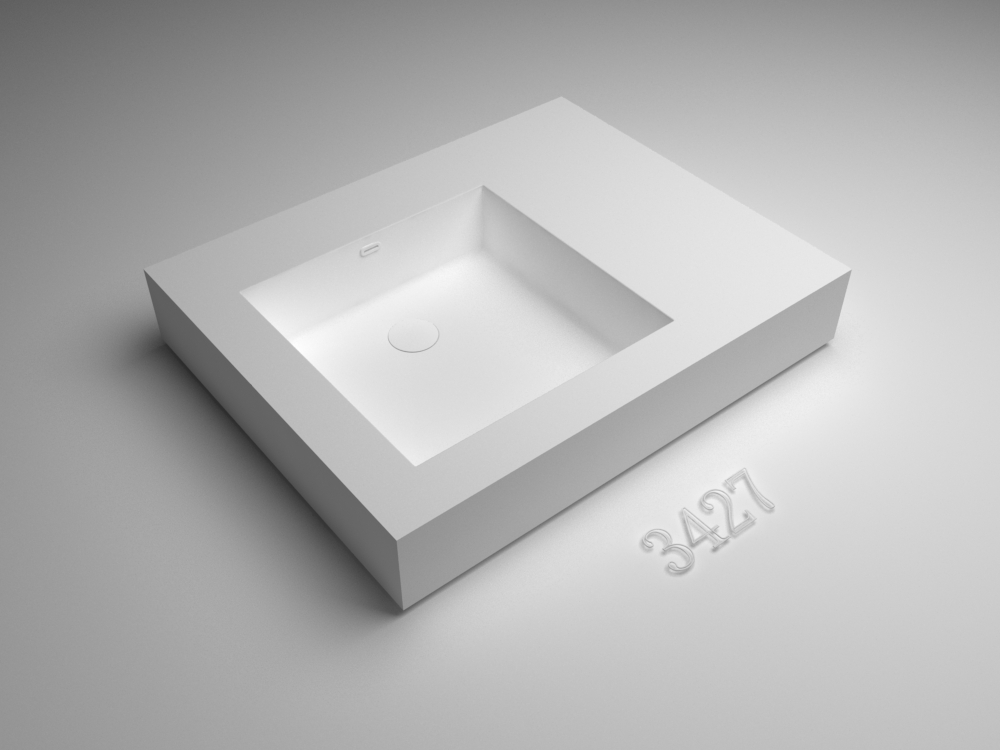
Basic factors: active agent, silicone oil and organic acid
The main function of shampoo is to wash the hair. The dirt on the scalp and hair is mainly oil and dust, so the active agent has become a shampoo must be less factor. There are many kinds of active agents. Due to the individual differences of consumers, hair oil is also a number of differences, so shampoo as usual will be a variety of active agents in proportion to the difference to meet the needs of dry or oily hair.
As far as nature is concerned, there is no difference in the surfactant contained in shampoo and soap. Word on the street is that the active agents used in some shampoos carry cancer risks. In fact, the American Cancer Society clarified in 2000 that although they cause skin irritation, they are not carcinogenic.
In many shampoo commercials, models’ hair burns to mind-boggling levels, thanks to silicone oil. Silicon has been used in cosmetics since the 1950s. The silicone oil now used in shampooing is made up of a variety of silicon-containing compounds. In the process of hair washing, the emulsified silicone oil suspended in the shampoo will be adsorbed on the outside of the hair after touching the surface of the head, thus filling the defect of the hair scales and forming the precious layer. It is worth noting that silicone oil is insoluble in water, so excessive use of shampoo containing silicone oil will cause it to deposit in the scalp and hair follicles, affecting the normal metabolism of hair.
Organic acids are also often added to shampoos to regulate pH, most commonly citric acid. It also has the function of accelerating keratin renewal, promoting the removal of the dead cells and glial factors, which is also known as “hair brightening factor”.
Extension of utility: Antimicrobials, vitamins and preservatives
These days, shampoos are more than just cleansers. They are often added to the anti-dandruff, anti-itch, baked oil, anti-peeling and other new effects. To achieve these new effects, it is necessary to work in the conservation factor. Take dandruff, for example. Dandruff is a product of normal metabolism, and as long as you clean your head with discipline, you won’t have much of a problem. In addition, dandruff is sometimes triggered by fungal contamination, so some manufacturers add antibacterial agents to shampoo to suppress fungi. In addition, the lack of B and E vitamins can also lead to an increase in dandruff, so many shampoo also added vitamins and other nutritional factors.
Recently, the “anti-stripping” shampoo in the market suddenly emerged. As far as the research is concerned, hair loss is an unusually large disease. Consumers who are troubled by hair loss should first seek medical treatment to find out the causes of their hair loss so that they can be targeted. Using shampoo as medicine may delay the disease.
With the advent of efficacy shampoos, there are more and more hair conditioning substances. There is no accurate conclusion about the absorption efficiency. Because shampoo stays on the head for only a few minutes during the shower, nutrients rarely enter these cells efficiently, and only small molecules (such as vitamins) can, due to the pore size of the cells.
It is worth mentioning that the useful period of shampoo is usually 3 years. In order to ensure that the useful period of shampoo will not deteriorate, preservatives are also indispensable factors, the most common is p-hydroxybenzoic acid. Animal studies suggest that the preservative has a weak estrogen-like activity, which could theoretically stimulate the growth of some tumors. There is no experimental evidence to support this idea. Moreover, the low levels of p-hydroxybenzoic acid in shampoos and the fact that they are less likely to be absorbed through the skin and accumulate in the body mean that there is no need for antiseptic health hazards.


















